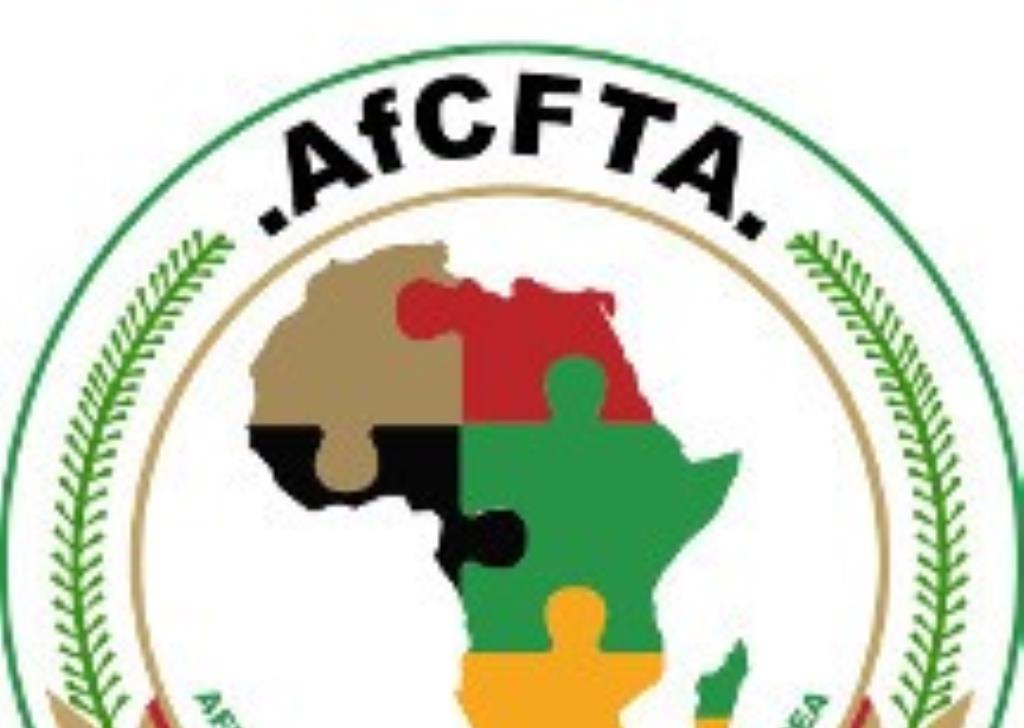Zim to achieve zero tariffs by 2035
THE Competition and Tariff Commission (CTC) says 97% of the country’s tariff lines will go to zero by 2035, as it urged local companies to prepare themselves to trade under the Africa Continental Free Trade Area (AfCTA).
This comes amid revelations that about a third of the local manufacturers are ready to compete in the AfCFTA.
The AfCFTA is an initiative that was adopted by the African Union to drive intra-African trade, thereby boosting economies on the continent.
According to CTC, under the protocol of trade, member states of the AfCFTA are expected to reduce and eventually eliminate tariffs to boost intra-African trade.
To do that, AfCFTA member states are to propose tariff liberalisation schedules which most nations have been slow to implement as it would lower the tax revenue.
Zimbabwe’s tariff liberalisation schedule has 6 606 total tariff lines, which have been categorised as categories A, B, and C.
Category A is the non-sensitive list which has 5 956 tariff lines, category B is the sensitive list which has 455 tariff lines, and category C is the exclusive list which has 195 tariff lines.
Zimbabwe resubmitted its final tariffs order for technical verification to the AfCFTA secretariat to enter the second phase of the guided trade initiatives, which pilots preferential trade between member states.
“It is not that we are exactly late, but it is a process where the government of Zimbabwe helps us make the tariff offers to submit to the AfCFTA secretariat,” CTC economist Tawanda Katsande told NewsDay Business in an interview.
“We submitted our first offer in 2022 and we got some comments, and we were addressing the comments. Now, the official position is that we have again sent the revised version offer to the AfCfTA secretariat and we are awaiting to receive comments from them again, so we move forward.”
Katsande said Zimbabwe will start implementing the tariff offers when the verification process is complete.
“When we complete this verification process and we gazette the AfCFTA offer, that is when we start to gazette the phase downs according to the categories,” he said.
“So, if you count correctly, the first phase down will be in 2025 and the second will be in 2035. But eventually, 97% of our tariff lines will go to zero tariffs by 2035.
“The industry needs to understand this to prepare themselves for AfCFTA and to know which category their products fall in. So, the tariff offer we were talking about has three categories.”
Katsande said the AfCFTA would be of much benefit to the local industries as it offered a bigger market and allowed the movement of goods duty-free.
However, the duty-free movement is only if the products are produced completely through the county’s own raw materials.
“We are already trading in Comesa, in Sadc, Ecowas, and AfCFTA is just increasing the market in the region,” Katsande said.
The push to participate in the AfCFTA comes as countries seek to get more value from a market with combined gross domestic product of over US$3,4 trillion.-newsday








